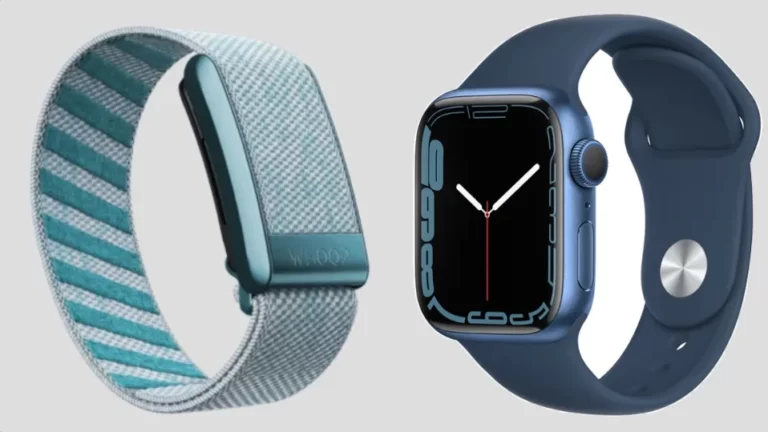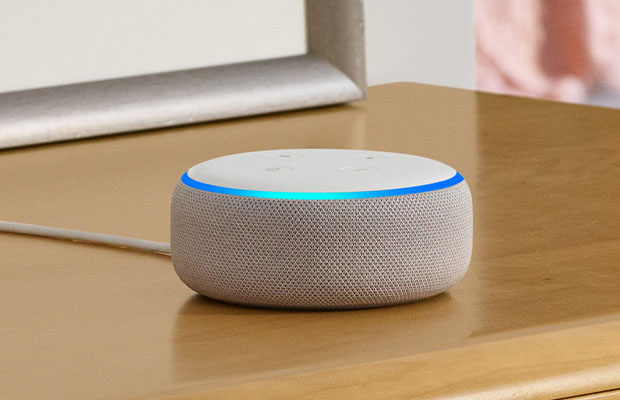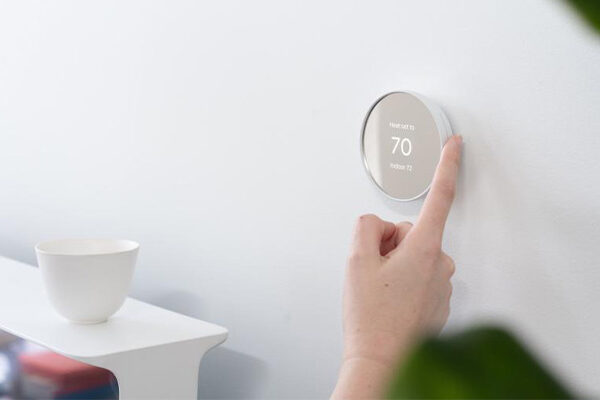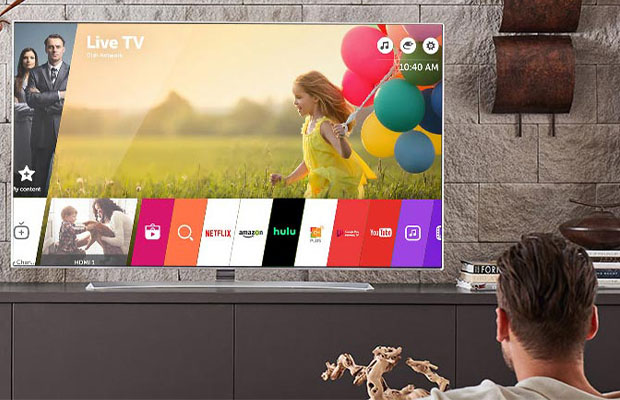We’re going to take a deep dive into the differences between WHOOP vs. Apple Watch and see which one is best for you.
With their initial release in 2015, the same year as the Apple Watch, WHOOP have been closely matched, yet also offer noticeably different features and benefits, depending on the metrics you find more valuable as an athlete.
Although they both record important health and wellness data, the two devices have very different form factors. Is one more effective for you than the other, or can you use both at once to create the best health monitoring system? To learn more, keep reading.
Table of Contents
Apple Watch
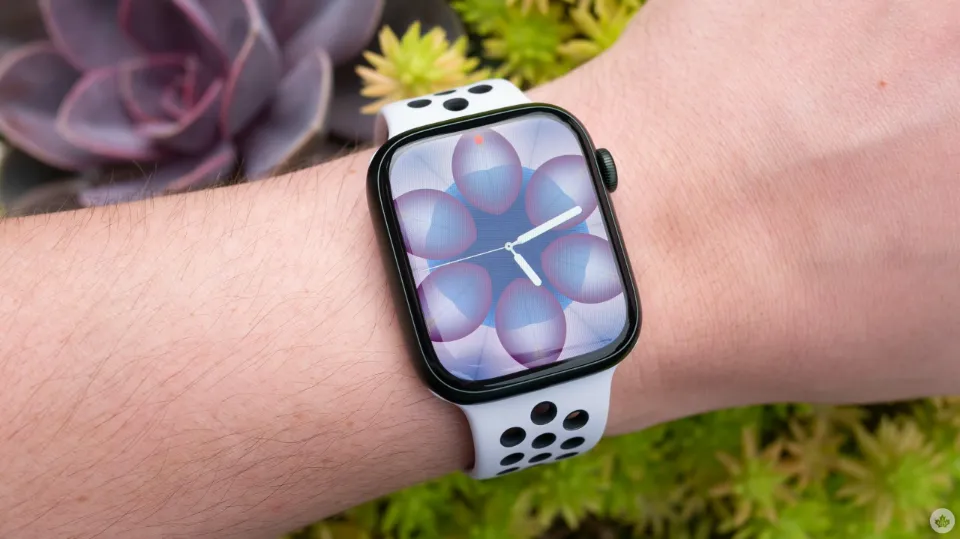
The most recent and best product from Apple is the Apple Watch Series 7. The apple watch comes first… is a watch that has a bigger screen than the Series 3 model, which is larger by more than 50%. The new, “Tap. Type. Swipe” features also make using features like text, easier since it uses machine learning to predict what word you’re typing. Additionally, the Series 7 charges 33% more quickly than the Series 6 does.
The Series 7 has now significantly improved their fitness level.
Along with other advancements like mindfulness and sleep tracking, you can now measure your blood oxygen level and heart rate.
Your blood oxygen level is a crucial sign of how healthy you are overall. It can help you understand how well your body is absorbing oxygen and the amount of oxygen delivered to your body
Numerous exercise routines, including spin, tai chi, and Pilates, are available in the Apple Fitness+ feature. New 5- to 45-minute workouts are added each week. Eleven different types of exercise, such as HIIT, strength training, Pilates, and yoga. meditations with guidance to assist you in concentrating on your general well-being. Furthermore, your iPhone, iPad, and Apple TV were all synced with your Apple Watch’s personal metrics.
The Apple Watch can track your swimming metrics and is water resistant up to 50 meters, which is even crazier.
You May ALso Like: Apple Watch SE Review
WHOOP
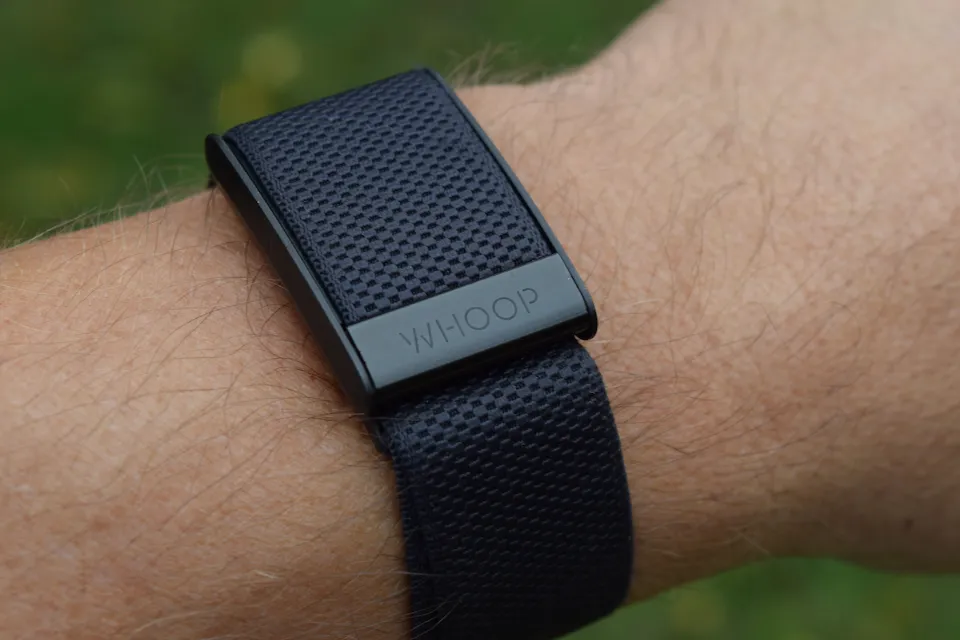
The WHOOP Strap is very different from the Apple Watch. Since the Apple Watch is essentially the Swiss Army Knife of wearable technology, it is designed to appeal to a broad audience.
WHOOP is highly specialized and targeted at a particular demographic that is more competitive in nature and values deeper insights and metrics into exactly what your body needs and is doing in terms of recovery and performance insights.
The WHOOP strap focuses on a few distinct parameters, including sleep, sleep quality, strain scores, recovery, bloody oxygen levels, and heart rate.
One of the most alluring features of the WHOOP is detailed sleep monitoring. WHOOP tracks sleep stages, disturbances, respiratory rate, and other factors while recommending the number of hours of sleep necessary for optimum recovery. WHOOP keeps track of your bedtime, sleep latency, and sleep quality in relation to how well you recover from your workouts. Slow wave sleep (SWS), REM, light sleep, and awake are all precisely and accurately tracked by WHOOP . Every phase of your recovery serves a different purpose.
Improved recovery is correlated with improved sleep. How well your body is coping with stress and how prepared you are for the day are both measured by WHOOP recovery. You can accomplish more with your performance the more recovered you are. To perform at your best, use the WHOOP strap, which provides you with insightful analytics into your daily, weekly, and monthly recovery as well as the quality of your sleep.
WHOOP Vs Apple Watch
I wrote an article in 2020, entitled “10 Studies That Show If Fitness Trackers Are Reliable.” In my research, I discovered that among a number of wearable technology rivals, the Apple Watch and WHOOP were two of the most trustworthy in terms of providing accurate information. However, in the world of technology, two years is a very long time. So what’s changed?
Accuracy
Fitness trackers are relatively accurate at tracking and recording activity, according to studies, but it is still difficult to quantify energy expenditure. According to recent studies, fitness trackers are still 10% off when it comes to measuring energy expenditure [R]. According to a 2017 Stanford study, the best trackers had an energy expenditure average that was 27% off. Because of this, trackers have advanced significantly in terms of accuracy just in the last few years.
Directly following this is what I want to say next. WHOOP ‘s 52 samples of your heart rate per second 24/7 (even when you’re not active) is one advantage it has in terms of accuracy. While inactive, the Apple Watch only monitors your heart once every five minutes, which can eventually lead to inaccurate or unreliable data.
Exercise/Motivation
Let’s now discuss motivation and exercise in general. You are encouraged to complete the activity rings built into Apple Watch. For those who truly require it, this can be a powerful motivator. With a few quick taps, you can also start a workout on your Apple Watch, which gives you visibility into your heart rate, exercise duration, and distance. Even without using or needing your phone nearby, you can download an Apple Music playlist to your watch before going for a run or a bike ride.
WHOOP strap is entirely app-driven and does not have a display. This might be a problem for some people. Personally, I like having the information on my wrist to see how many calories I’ve burned, how long I exercised, how far I ran, and my heart rate. This can be extremely beneficial for heart rate training, boosting motivation, and run tracking, which is something I personally enjoy doing. WHOOP allows you to log runs afterward, but since it lacks GPS, you cannot track your distance in real time.
Health Features
The sophisticated sensors in WHOOP 4.0 measure and compute heart rate, blood oxygen levels, skin temperature, sleep and sleep stages, respiratory rate, heart rate variability, daily effort, and recovery. It doesn’t record calories burned, floors climbed, steps taken, or other frequent measurements taken by activity trackers.
Whoop’s ability to inform athletes about their daily stress and level of recovery so they can make more intelligent training decisions is one of its strengths. The creation and sharing of performance evaluations and reports with your coach or physician is also simple.
While the Apple Watch’s design has largely remained the same since its release, Apple has spent the last few years enhancing the device’s health and wellness features. The current health features include heart rate tracking, step tracking, blood oxygen measurements, ECG capture capability, daily activity monitoring, basic sleep tracking, GPS for outdoor activity tracking, menstrual cycle tracking, decibel meter for loud noise measurements, and support for Apple Fitness Plus.
Sleep stages, heart rate zones, running power, elevation, customized workout displays, running form metrics, medication reminders, and more will all be included in version 9 of WatchOS. Garmin, Polar, and other manufacturers will face competition in the market for high-tech wearables with advancements like these.
Sleep Tracking/Recovery
Apple Watch is the clear winner if you want to monitor your sleep. However, unlike WHOOP , Apple Watch does not have a way to track sleep cycle or quality.
Additionally, Apple Watch assumes you are 100 when you wake up and does not track anything about recovery. Recovery is a WHOOP S specialty and niche. To ensure the best possible recovery for the following day, WHOOP S intelligence interface will advise you on the appropriate amount of sleep and even the best time to go to bed.
Battery Life
An Apple Watch has a daily charging requirement and a battery life of about 20 hours on average. WHOOP , on the other hand, has a 5-day runtime. To keep it fully charged and indicative of use, daily charging for 10 to 15 minutes is ideal.
Pricing
Although the WHOOP 4.0 is free and comes with a standard wristband, a monthly membership fee is required to use the WHOOP . A monthly membership with a minimum 12-month commitment costs $30 per month, an annual membership costs $25 per month, and a 24-month membership costs $20 per month. The annual membership makes the most sense to start with given that you need a minimum of 12 months to use the WHOOP and results in an equivalent cost of $300 for one year.
The Apple Watch SE starts at $279 and the Apple Watch Series 7 at $399. A titanium Apple Watch with cellular connectivity and a link bracelet band is priced at $1,249 so there is a huge range in pricing for the The case and band options for the Apple Watch play a significant role.
Which One Should You Buy?
For most people, the Apple Watch is the better option for health and fitness tracking because of its versatility and advanced functionality. Apple keeps enhancing the WatchOS experience, and it might soon surpass the majority of other wearables available.
The WHOOP doesn’t offer much for the casual athlete that doesn’t find value in daily strain and recovery metrics. Casual athletes may have plenty of margins available in their daily strain and recovery metrics because they typically don’t push their bodies to their physical limits. Even though the Apple Watch is effective in this area, sleep tracking may be useful.
For serious athletes, having both may provide the best experience, with the Apple Watch being used for focused activities and other smartwatch features while the WHOOP 4.0 quietly tracking all of their data around-the-clock.
WHOOP Vs Apple Watch: Takeaway
It all comes down to one thing: how serious and competitive are you about your athletic abilities and sport? If you are a competitive athlete, WHOOP is the easy choice.
The Apple Watch, is more of a general consumer based novelty, for the average, or even above average gym goer, but is a bit less ideal for the highly competitive athlete. When you are knowledgeable about your sport, you don’t need a variety of exercise options, inspiration, or concern for calories burned.
Personally, I like the metrics, the distance tracking, and the touch screen. I’ll say it again: I’m not a competitive athlete. To stay in shape, be healthy, and be fit, I work out. Therefore, it really depends on what kind of athlete you are or want to be.
Read More:
FAQs
Does the Apple Watch Work With Android?
The Apple Watch cannot be used without an iPhone running iOS. Contrarily, WHOOP is compatible with both iOS and Android.
Is a WHOOP Worth the Money?
In my opinion, WHOOP is worth it if you want to understand and be coached on your readiness to train and optimal sleep.
Can You Still Use WHOOP Without Membership?
You won’t receive personalized insights, coaching, or performance reports if you can’t access the WHOOP app, which prevents you from having a WHOOP membership.
